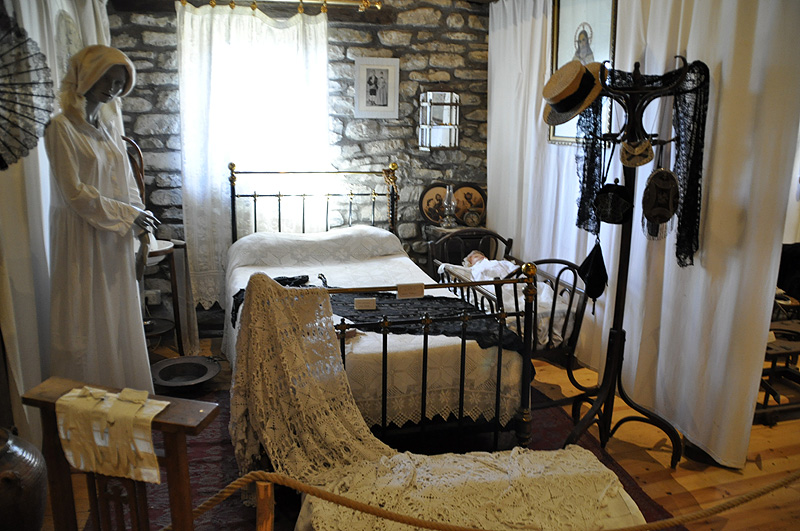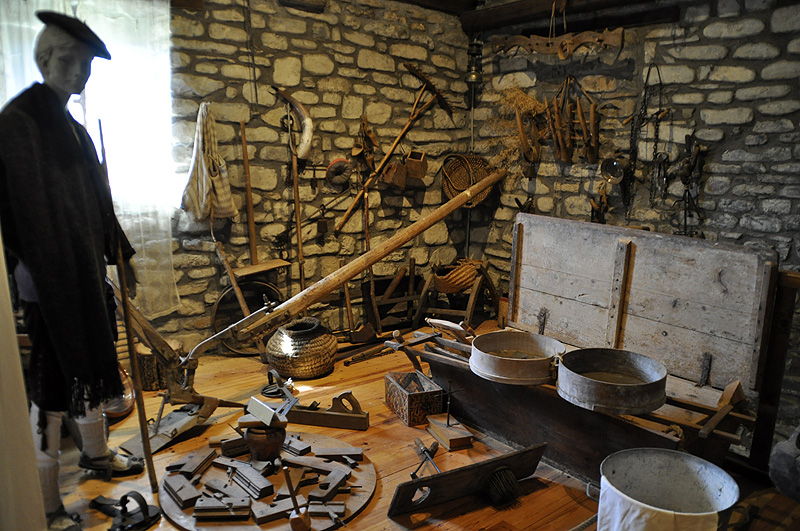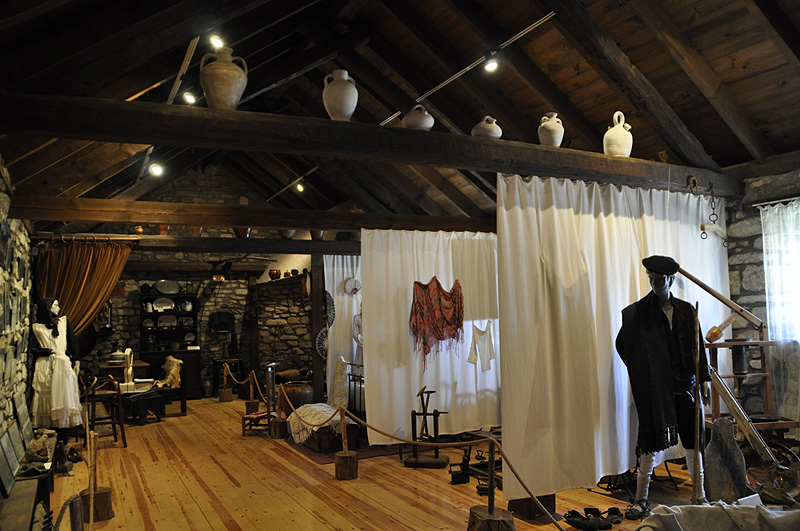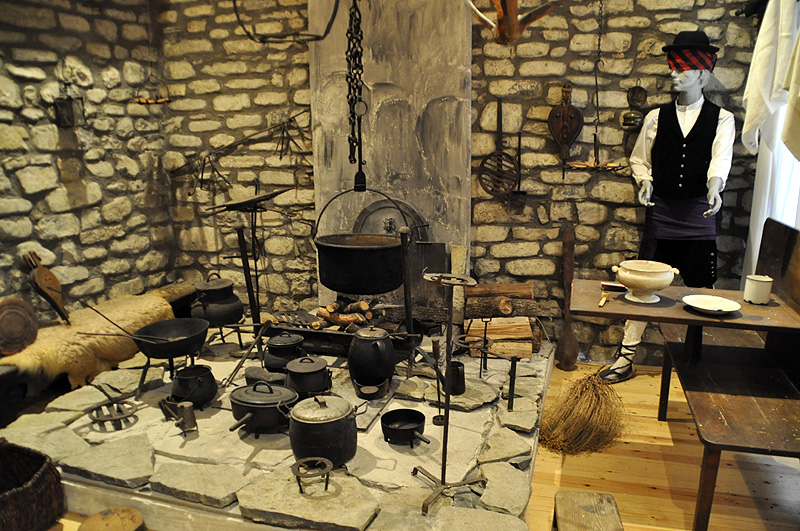The Ethnological Museum of Aragüés
Ermita de San Pedro
22730 ARAGÜÉS DEL PUERTO
T.(+34) 974371447
http://www.araguesdelpuerto.es/
The location of mountain villages is usually dictated by a number of issues such as sunlight, water resources, availability of land which is at least suitable for subsistence agriculture or livestock, defensive position or the control of crucial communication routes. Aragüés del Puerto is a good example of the classic mountain settlement conditioned by and adapted to the needs of a hostile environment. Its name bears witness to its origins in livestock raising, with seasonal pasturing at the heart of its traditions. This is clearly visible in its architecture and farm buildings which are now silent witnesses to traditional ways of life in the Pyrenees.
An especially interesting part of Aragüés’s existing heritage is the revival of its traditonal dance known as the “Palotiau” which is closely linked to a similar dance from nearby Embún, Jasa and Aisa. It is an elaborate dance carried out with sticks of hazel wood or iron bars from a roasting spit and accompanied by music from a three-hole pipe called “chiflo”, a violin and a psaltery.
The Ethnological Museum of Aragüés is open to visitors on the top floor of San Pedro chapel. It houses an exhibit of objects, utensils and tools used in traditional Pyrenean life.
Ver Museo Etnológico de Aragüés del Puerto en un mapa más grande
Valle de Hecho Tourist Office . [ Jacetania ]
Also consult...
¤ Monuments
¤ Nature
¤ Villages
¤ Sport
¤ Tourist Offices
¤ Museums and Interpretation Centres
Guided tours 360°
Ciudadela de Jaca
[Español] · [Inglés]
Monasterio de San Juan de la Peña
[Español] · [Inglés]
Fort du Portalet
[Español] · [Francés]
follow us in...




 Comarca de La Jacetania
Comarca de La Jacetania
C/ Ferrocarril s/n 22700
JACA (Huesca)
T. (+34) 974 356 980
F. (+34) 974 355 241
:: Oficina de Turismo de JACA: 974 360 098
:: Oficina de Turismo de CANFRANC:
974 373 141
Site Map









